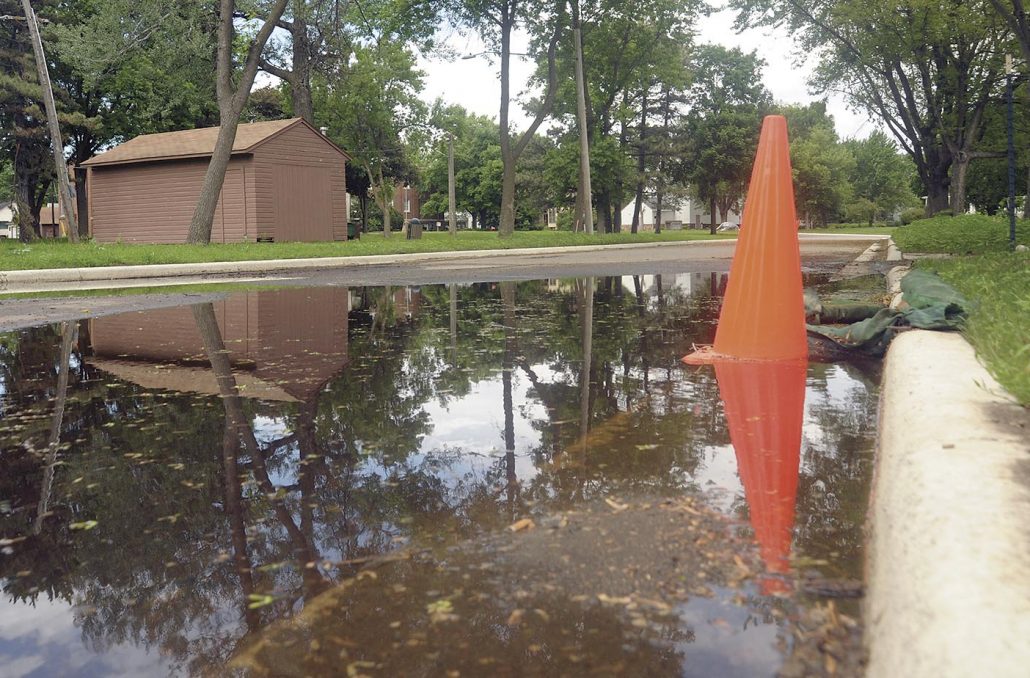
By Seth Schmidt
A $37 million plan for improving the infrastructure underneath Tracy streets might gain traction more quickly than first anticipated.
In 2017, consulting engineers from ISG of Mankato, released a long-range blue print for just over $34 million of sanitary sewer, water main, storm sewer, and street improvements. The estimated cost for the Phase 3 improvements has now grown to $37 million.
Earlier this year, the Tracy City Council authorized $75,000 of preliminary engineering fieldwork for infrastructure improvements on Third Street between Hwy. 14 and South St., and roughly one block east and west of Third. Estimated project cost for “Phase 3A,” is $5.9 million.
Engineers are now recommending that because of the unexpected availability of extra funding from Rural Development, that the City of Tracy consider an expansion of the $5.9 million project to $19.5 million.
“It appears that Rural Development will have more funds available than anticipated,” consulting engineer Chris Larson wrote in a May 24 memo. The up to $14.9 million available from Rural Development would need to be spent by August 1, 2021.
It’s anticipated that Phase 3A Third St. construction would take place in 2019. Larson indicated that if the additional infrastructure projects move forward, construction on the extra projects could begin as early as the fall of 2019, or in 2020, with some work possibly continuing into 2021. That would be an acceleration from the recent practice, Larson noted, of spacing out major infrastructure projects by at least two years.
Larson informed the city that if the entire $19.5 million infrastructure plan was approved, $14.9 million in expenses would be eligible for Rural Development financing in the form of grants and loans. The grants would not have to be re-paid. The 40-year, low-interest loans would need to be repaid, with the money coming from some combination of increased utility rates, special assessments, or increases in the city property tax levy. The remaining $4.6 million in projected expenses would be ineligible for Rural Development funding, because only sewer and water infrastructure improvements, rather than street related costs, are eligible for Rural Development spending. Special assessments and/or increases in the property tax levy would be needed to pay for the expenses ineligible for Rural Development money.
For more on this article, see this week’s Headlight Herald.
